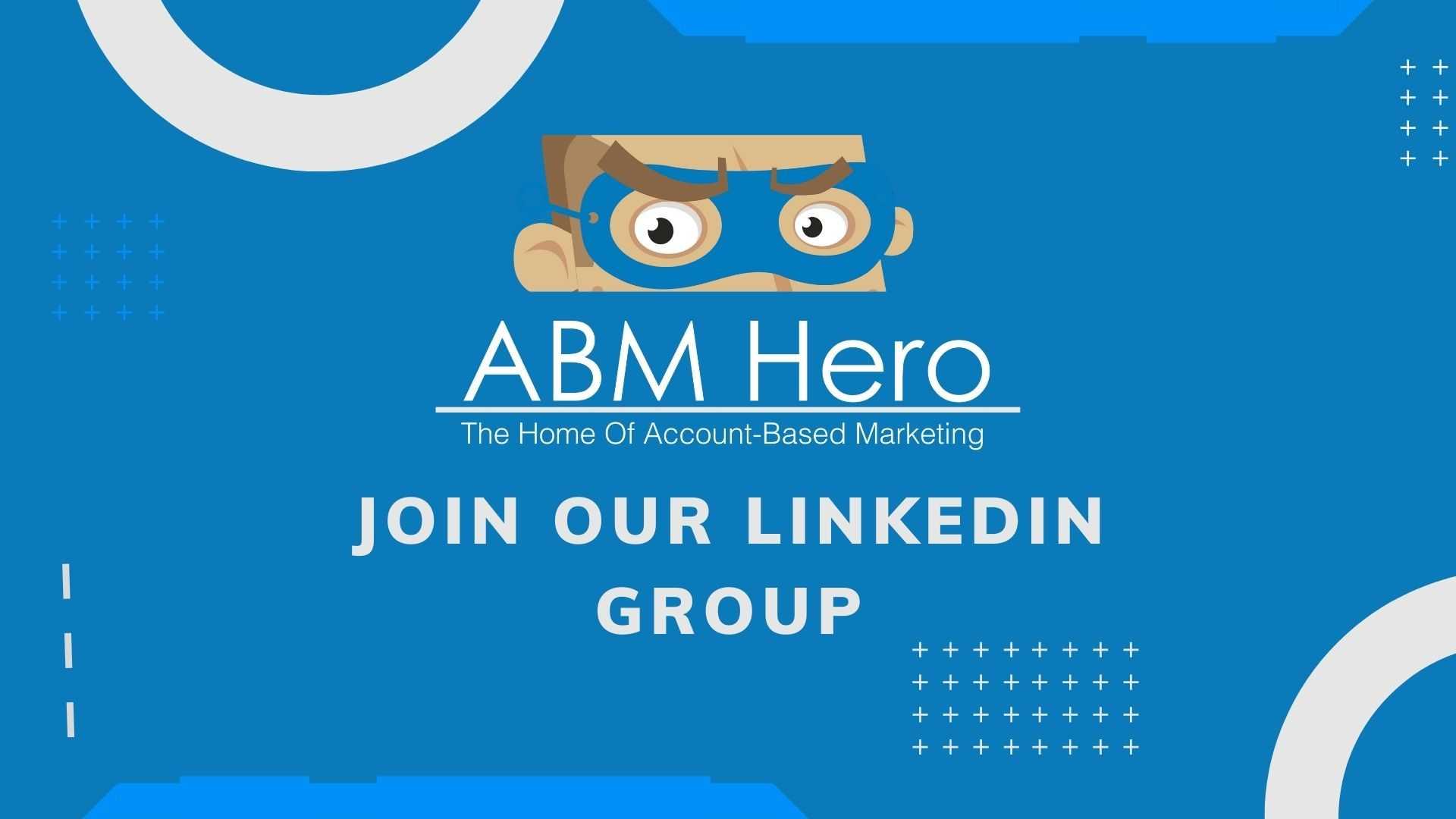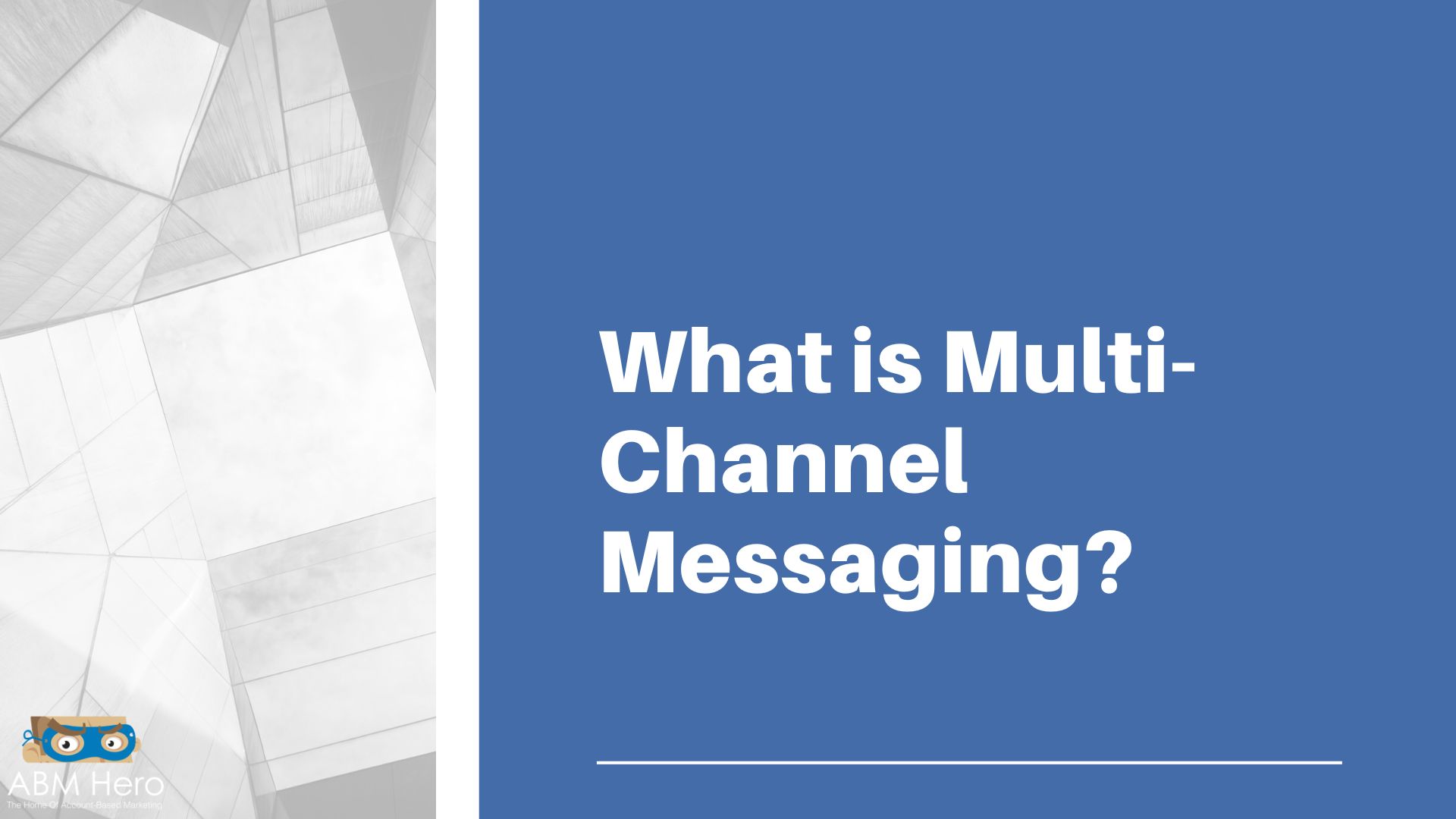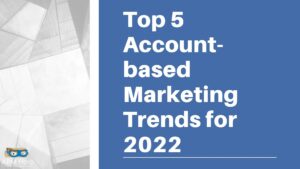With the advent of digital marketing, businesses can now connect with their customers through various channels.
Multi-channel messaging is a term used to describe the practice of using multiple channels to communicate with customers.
By using multiple channels, businesses can reach a wider audience and deliver a more personalized experience.
In this article, we will share how the things you should know about multi-channel messaging and how B2B marketers use this to improve their account-based marketing campaigns.
What is Multi-Channel Messaging?
Multi-channel messaging is a communication strategy involving multiple channels to reach a target audience. The most common channels used in multi-channel messaging are email, social media, and website banners.
It should not be confused with multi-channel marketing, which involves marketing through many distribution and promotional channels.
Multi-channel messaging aims to reach the most extensive possible audience with the most relevant message.
Multi-channel messaging can be very effective in reaching a target audience, except it is essential to use the channels wisely.
The most effective multi-channel messaging campaigns use a mix of channels that complement each other.
For example, using email and social media together can be very effective.
Email can be utilized to send a message to a large number of people, and social media can be used to target a specific audience.
Multi-channel messaging is necessary for B2B marketers looking to improve their account-based marketing campaigns.
By using multiple channels to reach their target accounts, marketers can significantly increase the reach and effectiveness of their campaigns.
Multi-channel messaging allows them to target their accounts with high-accuracy and customization. They can ensure that their message is sent in the most effective way possible.
Additionally, marketers can reach a larger number of people within their target accounts.
Multi-channel messaging is significant for B2B marketers looking to improve their account-based marketing campaigns.
What Does a Multi-Channel Messaging Looks like?
Multi-channel messaging includes your website, email newsletters, push alerts, and other communication channels such as Apple News, text messages, Facebook Messenger, and the like.
To track opt-in user activity across these channels, you may utilize their email address as a unique identifier.
Sending a relatable email can be a bridge to connect you more to your audience.
It allows you to show them highly tailored content and advertisement suitable to them and when they are most likely to engage with them.
How Does Multi-Channel Business Messaging Work?
One thing is sure, multi-channel messaging is not just bombarding your target audience with your message. It is not a collection of disjointed activities that never integrate.
One of the most significant advantages of this type of business messaging is the way to connect individuals across many touch points in such wise to involve them in just locations, at the right moment, with customized content.
To accomplish this, you must disintegrate internal silos and operate your messaging from a single, single interface.
To make this function smoothly, you’ll need a centralized platform that can automatically analyze your content and user activity to create smart consumer profiles.
Your platform should then relate valuable content to user preferences in real-time and provide material to each audience member via their preferred channel, either SMS, email, push notifications, or web.
And that only applies for your subscribers.
Your platform should be able to look back and introsprect the unsubscribed users’ historical behavior and recommend the optimal subscription call-to-action on their preferred messaging channels so they can look at your brand once more and be captivated with your cause.
They will receive material that fits their interests across platforms once they subscribe.
Finally, your platform should be able to monetize your messaging through the application servers, analytics and reporting tools, and CPM-style tracking.
You should use these capabilities to supplement your messaging strategy with relevant direct-sold and programmatic advertisements that improve the user experience while also driving money.
How is Multi-Channel Communications Personalized?
Multi-channel messaging allows you to tailor your material (articles, blogs, stories, etc.) as well as adverts to the interests and preferences of specific users.
You can distribute highly relevant material and adverts to your audience over various communications channels by configuring content delivery settings based on user data.
Reach the right audience on the right channel at the right time. How can I select my content?
Almost no publisher can do this alone because of a lack of resources. You’d have to use a multi-channel messaging platform to get it done effectively.
First-party opt-in data on your audience, gathered using the platform’s Javascript code snippet, is collected by placing it on your website and tracking how readers engage with your content.
To keep readers captivated and well pleased, it analyzes their data and then delivers them customized material.
Personalized Content Increases Response Rate
Personalized content speaks volumes to your customer and they are more likely to respond when they feel seen or heard. Eventually, it reflects in the increase in sales.
There are a few reasons why personalized content is correlated with an increase in sales.
First, personalized content helps to build trust with potential customers. When they see that you are taking the time to create content that is relevant to them, they are more likely to believe that you are a credible source of information.
Second, it helps to create a feeling of connection and belonging. When people feel like they are part of a community, they are more likely to make purchases from that community.
Lastly, it increases the perceived value of your products or services. When people feel you are offering them something that is tailored specifically for them, they are more likely to see the value in what you are offering.
Check more about how personalized content can empower your conversational account-based marketing efforts.
Wider Audience Reach
Multi-channel messaging can help B2B marketers reach a broader target audience base by allowing them to send messages through multiple channels.
It can include sending messages through email, social media, text messaging, and even traditional mail. By using multiple channels, marketers can reach a wide-ranging number of potential customers and clients.
Also, using multiple channels can also help create a more customized and targeted marketing campaign.
For instance, a B2B marketer could use email to reach a wider audience but use social media to target a specific group of potential customers.
Better View of Customer Behavior
To increase revenues, businesses need a comprehensive view of each customer.
Multi-channel messaging can help businesses build this view by providing a way to communicate with customers across multiple channels.
This way, businesses can collect data from customers on various topics and use it to build a thoroughgoing picture of who they are and what they want.
In fine, multi-channel messaging can help businesses keep track of customer conversations and interactions, making it easier to provide personalized service that meets each customer’s needs.
This type of marketing is especially effective in modern times, where people flooded with messages from different sources. Applying multi-channel messaging, you can ensure that your message stands out from the rest.





